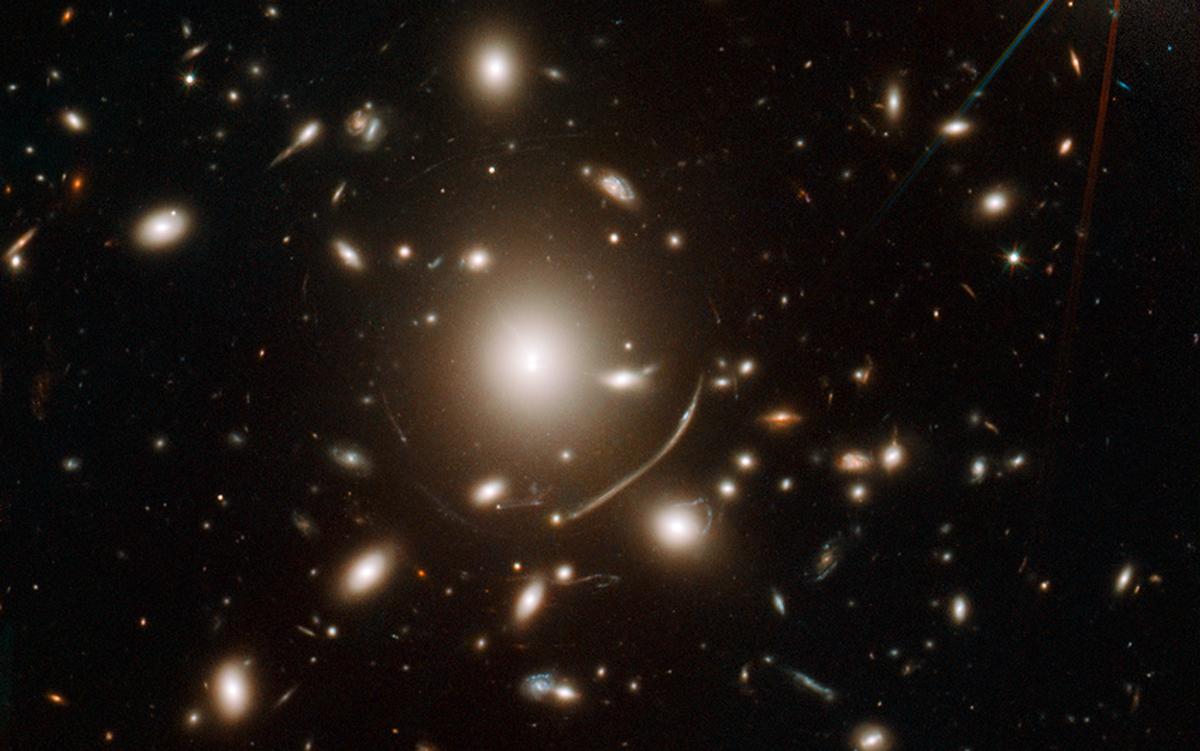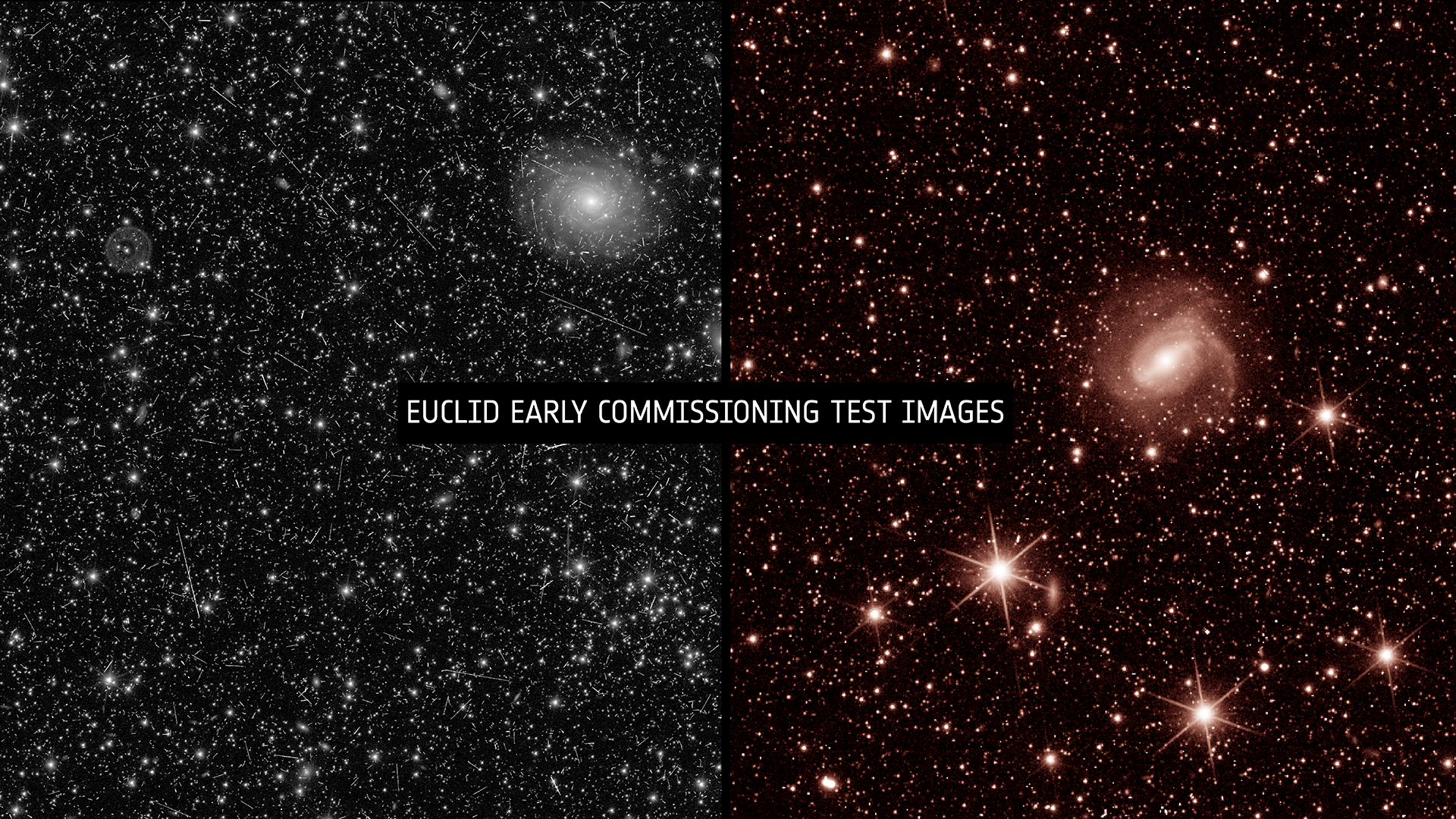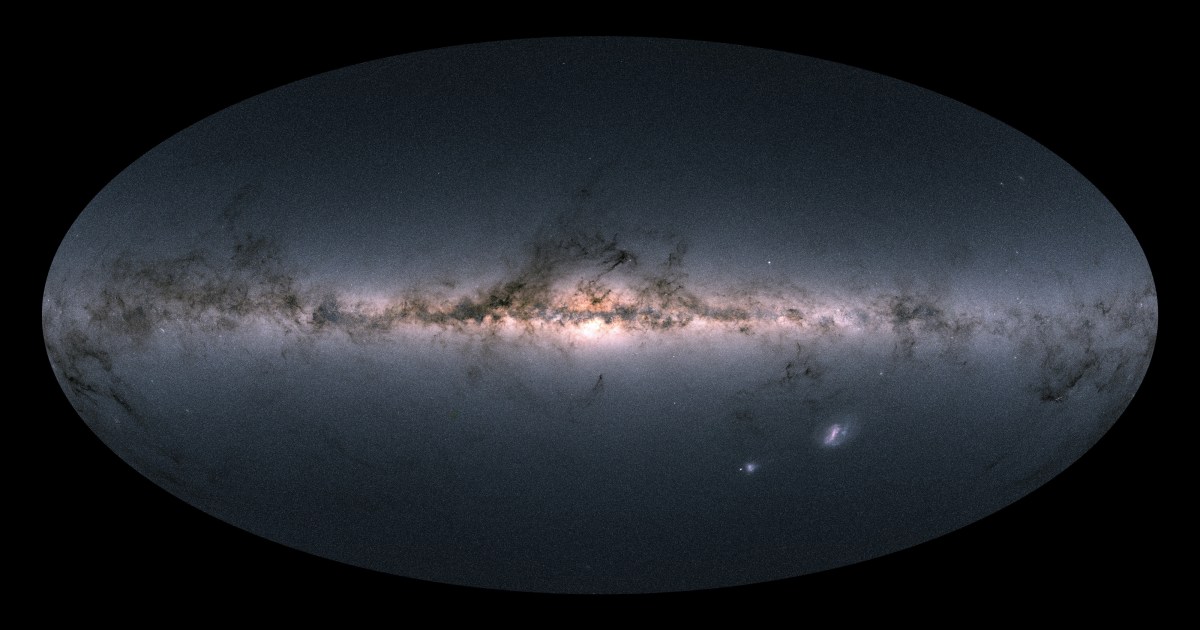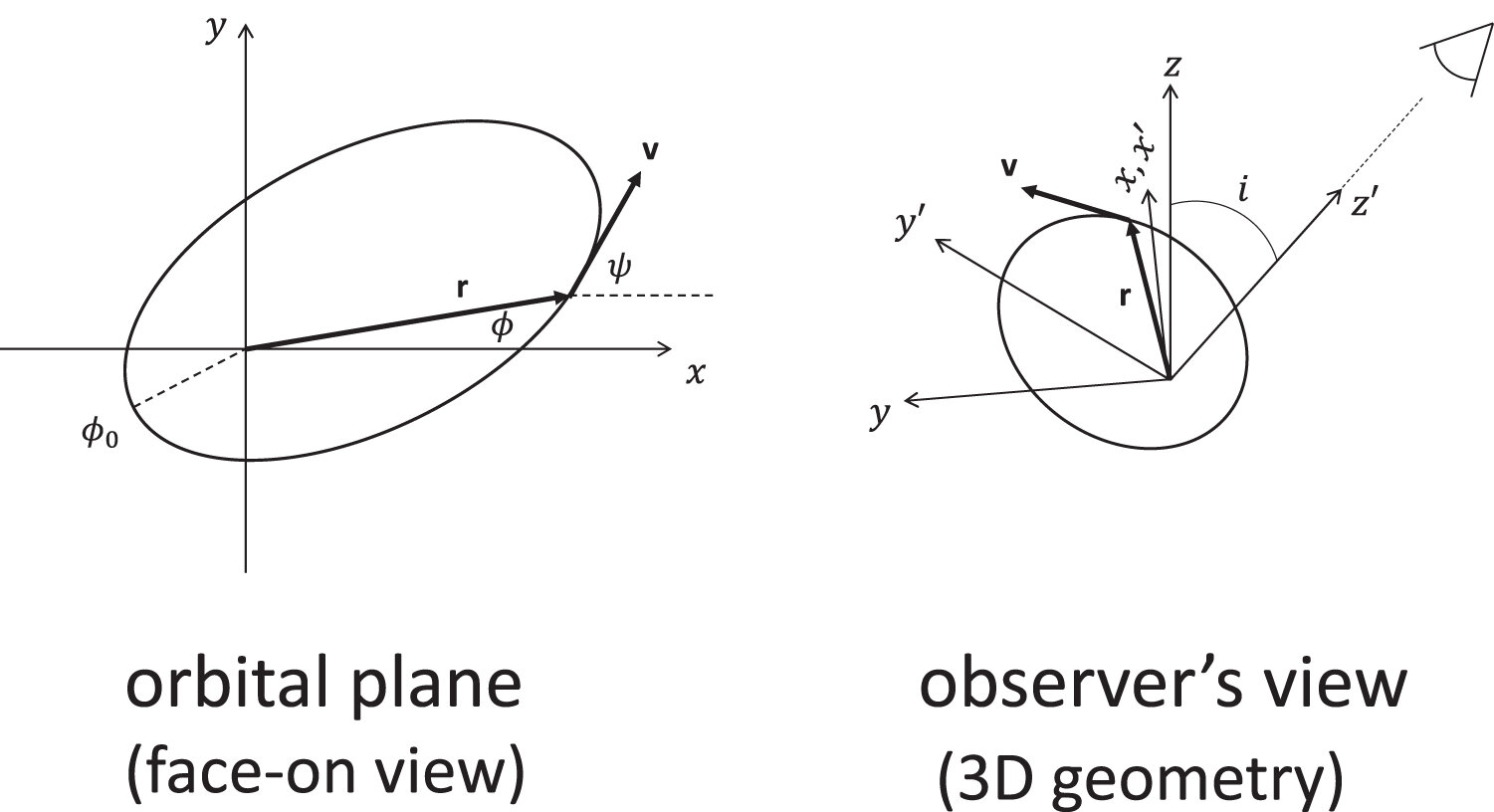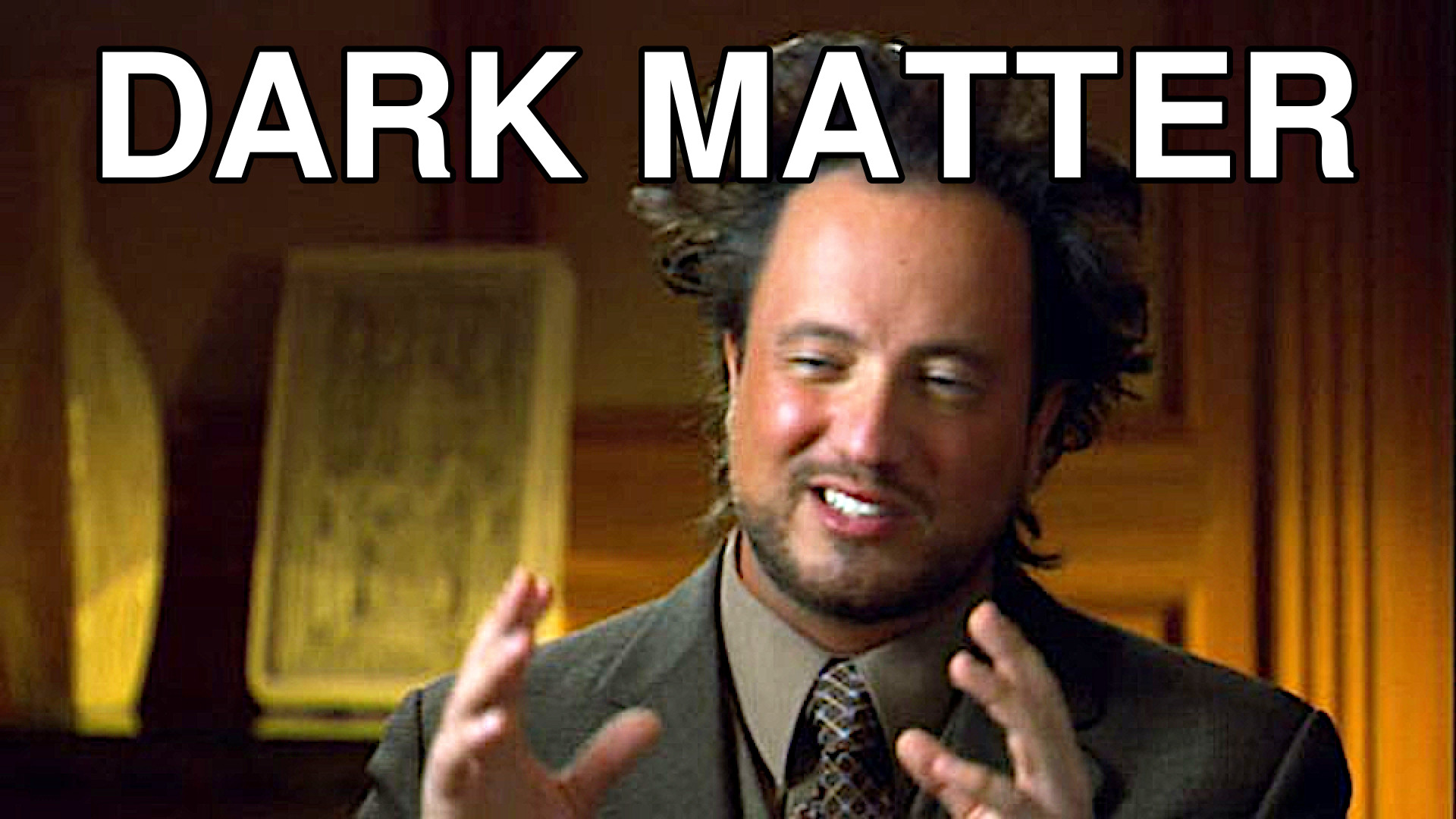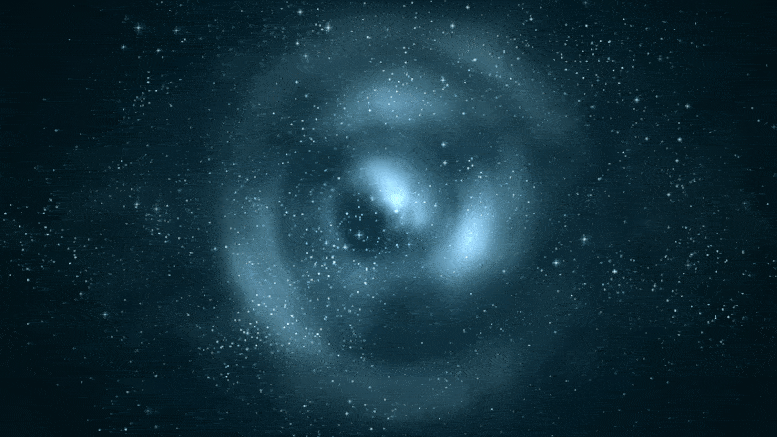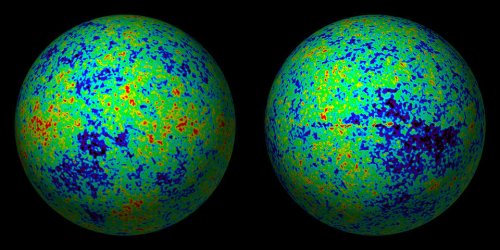#darkmatter
Hello, I'm sharing my astrophysics model, it's an unification theory to explain quantum gravity via the strong nuclear force:
https://researchgate.net/publication/371896737
#astrophysics, #darkenergy, #darkmatter, #nuclear, #physics y #quantum.

Excellent summary of the current state of the argument as to whether binary stars observed in Gaia favour dark matter or modified gravity. TLDW : prominent MOND supporter completely changes their mind and finds 16 sigma (!) significance evidence that MOND doesn't work. Previous test using the same data included points with much too large errors and found the opposite result. Doesn't actually validate dark matter, just disproves MOND.
#Science
#Astronomy
#Astrophysics
#DarkMatter
https://youtu.be/HlNSvrYygRc?si=wn9qI852Hd5DV7UQ
Gravity test: Antimatter falls down, but where did it all go?
One of the great mysteries of physics has been solved: How does antimatter … fall?It is not a question that keeps most people awake at night, but some physic...#ALPHAgapparatus #CERN #Newdiscoveries #TheAntiprotonDecelerator #TheGravitationalBehaviourofAntimatter #alphaexperiment #antiatoms #antihydrogen #antihydrogenatoms #antimatter #cbarecperiment #darkmatter #nuclearphysics #switzerland #theEuropeanOrganizationforNuclearResearch #AlJazeera #AlJazeeraEnglish #aljazeera #aljazeeraenglish #aljazeeralive #aljazeeravideo #aljazeeraEnglish #aljazeeralatest #aljazeeralive #aljazeeralivenews
Gravity test: Antimatter falls down, but where did it all go?
#Euclid test images tease of riches to come
Euclid’s VISible instrument (VIS) will take super sharp images of billions of #galaxies to measure their shapes. Looking closely at this first image, we already get a glimpse of the bounty that VIS will bring; whilst a few galaxies are very easy to spot, many more are fuzzy blobs hidden amongst the #stars, waiting to be unveiled by Euclid in the #future.
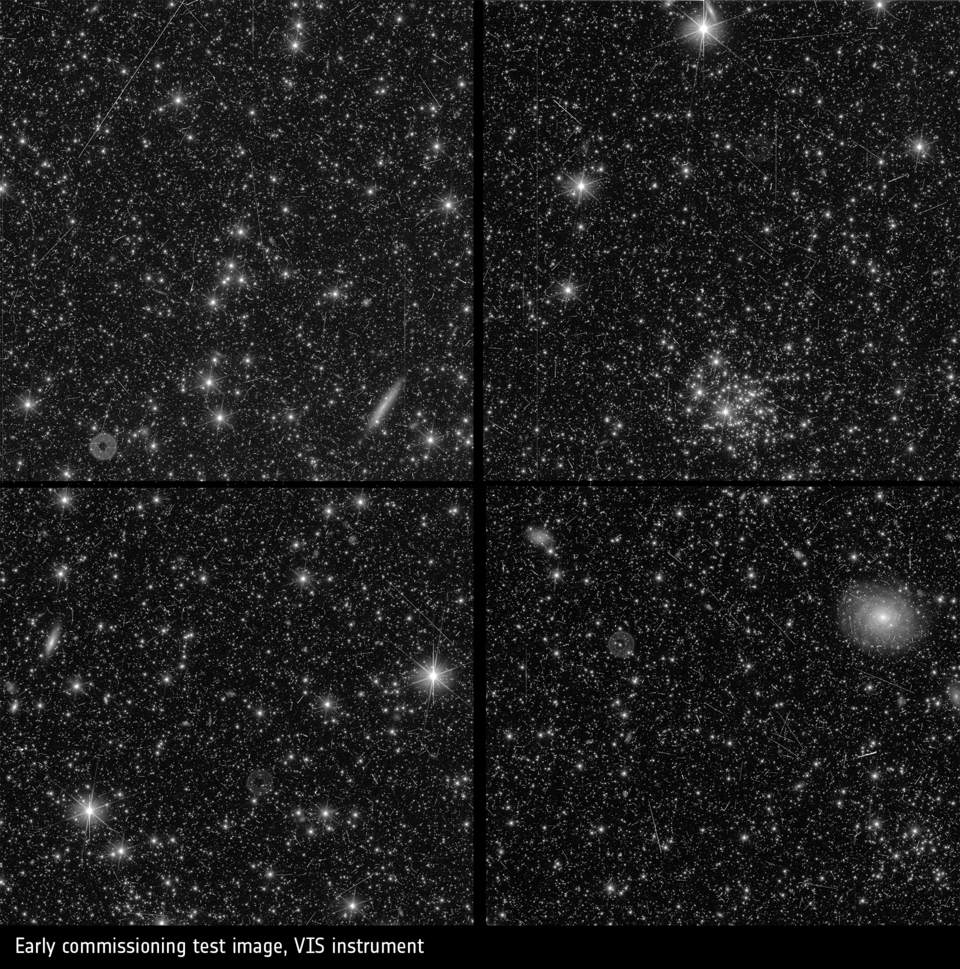
By combining distance information with that on galaxy shapes measured by VIS, we will be able to map how galaxies are distributed throughout the #Universe, and how this distribution changes over time. Ultimately, this 3D map will teach us about dark matter and dark energy.
#darkMatter #science #space #exploration #news #photo #galaxy #esa
Ahh, the latest "there's no dark matter, it's all just MOND" claim. The press release sounds awfully convincing, as usual, but every damn time one digs into MONDian claims, one finds they're at best heavily overstated. I'm doing a lengthy write-up on MOND versus CDM from a philosophy of science perspective, but I'll probably skip this particular claim.
The latest Gaia data indicates that Newtonian-like gravity is completely sufficient, and that the MOND-like behaviour, which should take over in the low acceleration regime if the idea is correct, is absent. It’s absent, in fact, at the ~16-sigma level: a tremendous significance. The paper that’s been getting the recent publicity... draws the opposite conclusion: claiming to see a better agreement with MOND than with Newtonian gravity, and at just over 5-sigma significance.
It’s not that someone is definitively right and someone is definitively wrong; it’s that there are assumptions that go into choosing and analyzing the data, and simply by making different assumptions (and not quantifying the associated errors that come along with making them), you can wind up drawing vastly different conclusions. This problem will always plague an observational science like astronomy, and is almost certainly the culprit behind another wild, dubious assertion that was made in 2023: that black holes are the cause of the dark energy in our Universe.
#Science
#Galaxies
#DarkMatter
#MOND
https://bigthink.com/starts-with-a-bang/binary-stars-prove-modified-gravity/
On that massive galaxy in the press releases without dark matter. A fun object, not at all clear what's going on ! But not a terribly well-written paper IMHO.
#Science
#Galaxies
#DarkMatter
#Astrophysics
https://llittlephysicists.blogspot.com/2023/07/massively-missing-matter.html
Dark Matter Gears
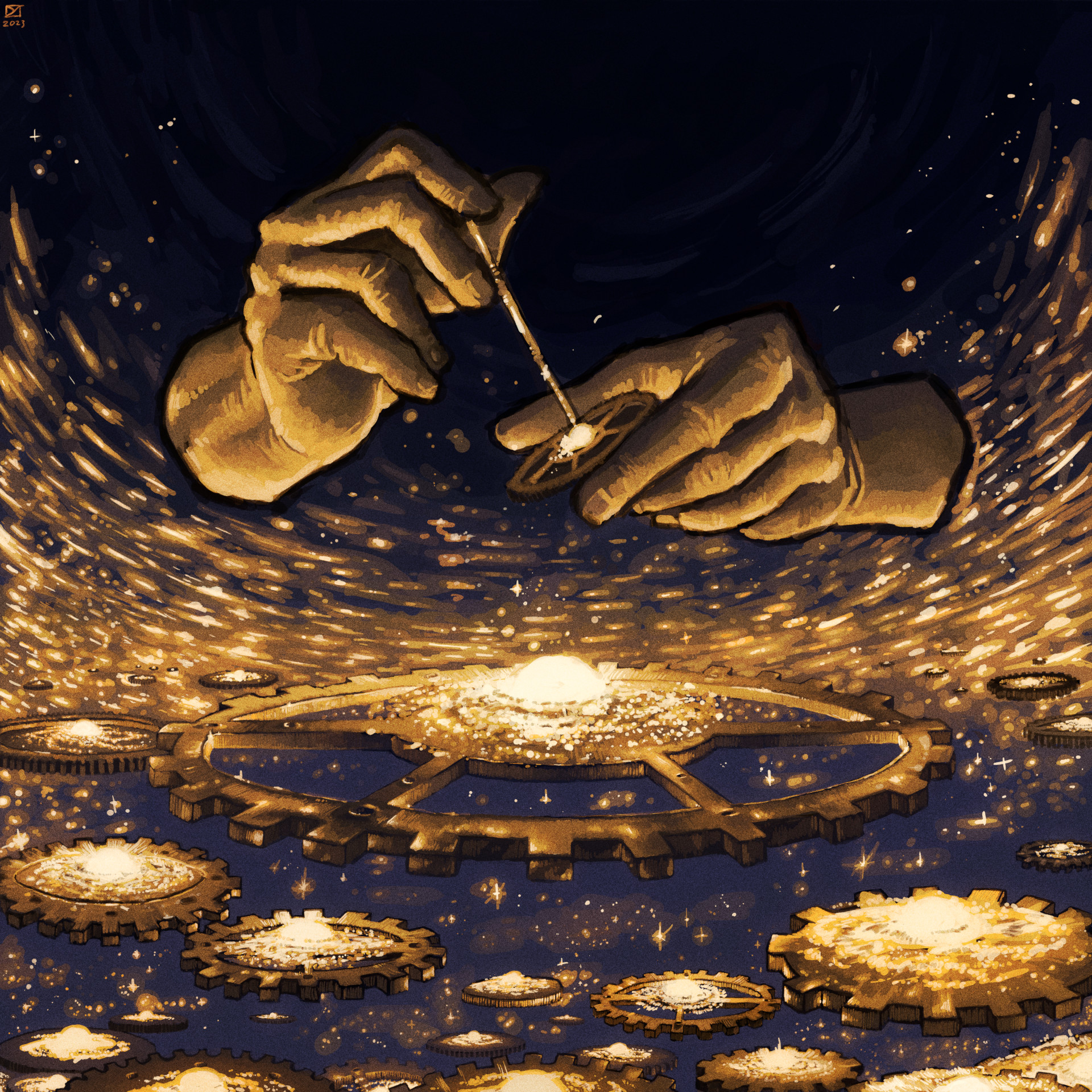
Damn that was hard and long. While the idea of dark matter is hypothetical and speculative I came with the idea of painting it as gears supporting galaxies. The original picture in my head was way much darker. I feel like I mess with the background ...
The gears also refer to the voltaire's idea of an autonomous universe, tuned like a clock and left alone by god.
Please share if your like :3
XCF Source here under #cc-by-sa licence
#cosmos #galaxy #stars #astral #sf #science #science-fiction #sf #illustration #symbol #symbolism #darkmatter #gears #digitalpainting #cg #computergraphic #space #drawing #dessin #thegimp #gimp #artwork #diaspoart #cc-by-sa #creative-commons #art #freeart #artlibre #free #libre #culturelibre #utopia #space-time
#astronomy #cosmology #DarkMatter An article published in the journal "Monthly Notices of the Royal Astronomical Society" reports the results of a study of the distribution and morphology of the dwarf galaxies of the Fornax cluster which concludes that they are free of dark matter halos.
#astronomy #cosmology #DarkMatter An article published in the journal "Physical Review Letters" reports the results of an analysis of dark matter distribution around 1.5 million primordial galaxies. A team of researchers led by Hironao Miyatake of the Japanese University of Nagoya used observations conducted with the Subaru telescope and analyzed data collected by the Planck Surveyor space probe to detect distortion of the cosmic microwave background (CMB).
● NEWS ● #EFF ☞ EFF to Court: Deny Foreign Sovereign #Immunity to #DarkMatter for [Cr]acking Journalist https://www.eff.org/deeplinks/2021/12/eff-court-deny-foreign-sovereign-immunity-darkmatter-hacking-journalist
● NEWS ● #EFF #ksa ☞ Saudi Human Rights Activist, Represented by EFF, Sues #Spyware Maker #DarkMatter For Violating U.S. Anti-Hacking and International Human Rights Laws https://www.eff.org/press/releases/saudi-human-rights-activist-represented-eff-sues-spyware-maker-darkmatter-violating
Interesting, but I am unconvinced.
Skordis and Czech Academy colleague Tom Złósnik have now created a MOND-inspired model that accounts for the CMB while also being consistent with gravitational lensing observations and gravitational-wave speed measurements. The model follows recent MOND efforts in postulating the existence of two fields that permeate all of space and together act like an extra gravitational force. One of these fields is a scalar field—similar to the Higgs field that is associated with the Higgs boson. The other is a vector field, which has a direction at each point in space, somewhat like a magnetic field.
Skordis and Złósnik set the model’s parameters so that, in the early Universe, the gravity-modifying fields generate a gravitational effect that mimics that of dark matter. Mimicking dark matter in this way ensures that the observed CMB patterns are reproduced. The fields evolve over cosmic time, and eventually the gravitational force follows the original MOND proposal.
That would seem to be a much more complex scenario than positing some hitherto unknown particle. Why is is philosophically (and/or psychologically) preferable to modify some other area of physics ? Why must particle physics be singled out for special protection ? And where do these fields come from anyway ? The dark matter paradigm is fantastically successful in that observations on the scale of individual galaxies have been backed up with astonishing consistency of scales millions of times greater. I would like to know more about what dictates the evolution of these alternative fields : in the dark matter paradigm, it is governed only by mass.
McGaugh counters that dark matter models cannot explain everything, such as the Universe’s lithium abundance or the discrepancies between different types of measurements of the cosmic expansion rate. The new MOND model might be able to solve these problems, but Skordis says that it will take more time to work out the theoretical details. He says that the model can be checked in other ways, for example, by comparing its predictions with observations of galaxy clusters or by looking for signatures of the gravity-modifying fields in gravitational waves.
To my mind, most, or very credibly all of the supposed problems with dark matter relate to the physics of the baryons, and have little or nothing to do with gravity at all (cosmic expansion notwithstanding). A previous relativistic incarnation of MOND was ruled out because it couldn't explain pulsar timing, so I'm curious to see how this one turns out. But I wouldn't hold my breath :
Skordis admits that—unlike dark matter models that are often based on fundamental symmetry principles—the new model was not conceived with an underlying theory in mind. However, such a theoretical basis might be uncovered using the new MOND model.
If you don't have a physical basis for it, you can generally make stuff up quite freely. I'm not really sold that this is anything to get too excited about, but we'll see.
#astronomy #cosmology #GravitationalLensing #DarkMatter #Hubble An article published in the journal "The Monthly Notices of the Royal Astronomical Society" reports a solution to an astronomical mystery involving two #galaxies that appeared to be mirror images of each other and turned out to be two images of the same galaxy doubled by a gravitational lens.
https://english.tachyonbeam.com/2021/10/10/the-mystery-of-hamiltons-object-offers-clues-to-gravitational-lenses-and-dark-matter/
